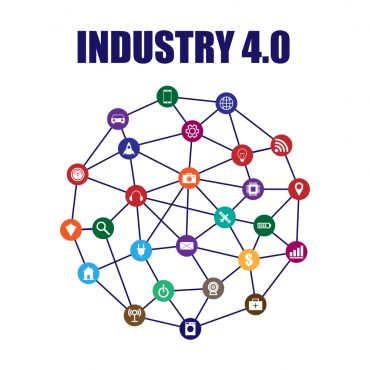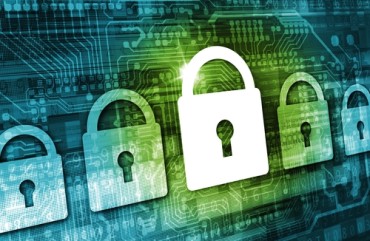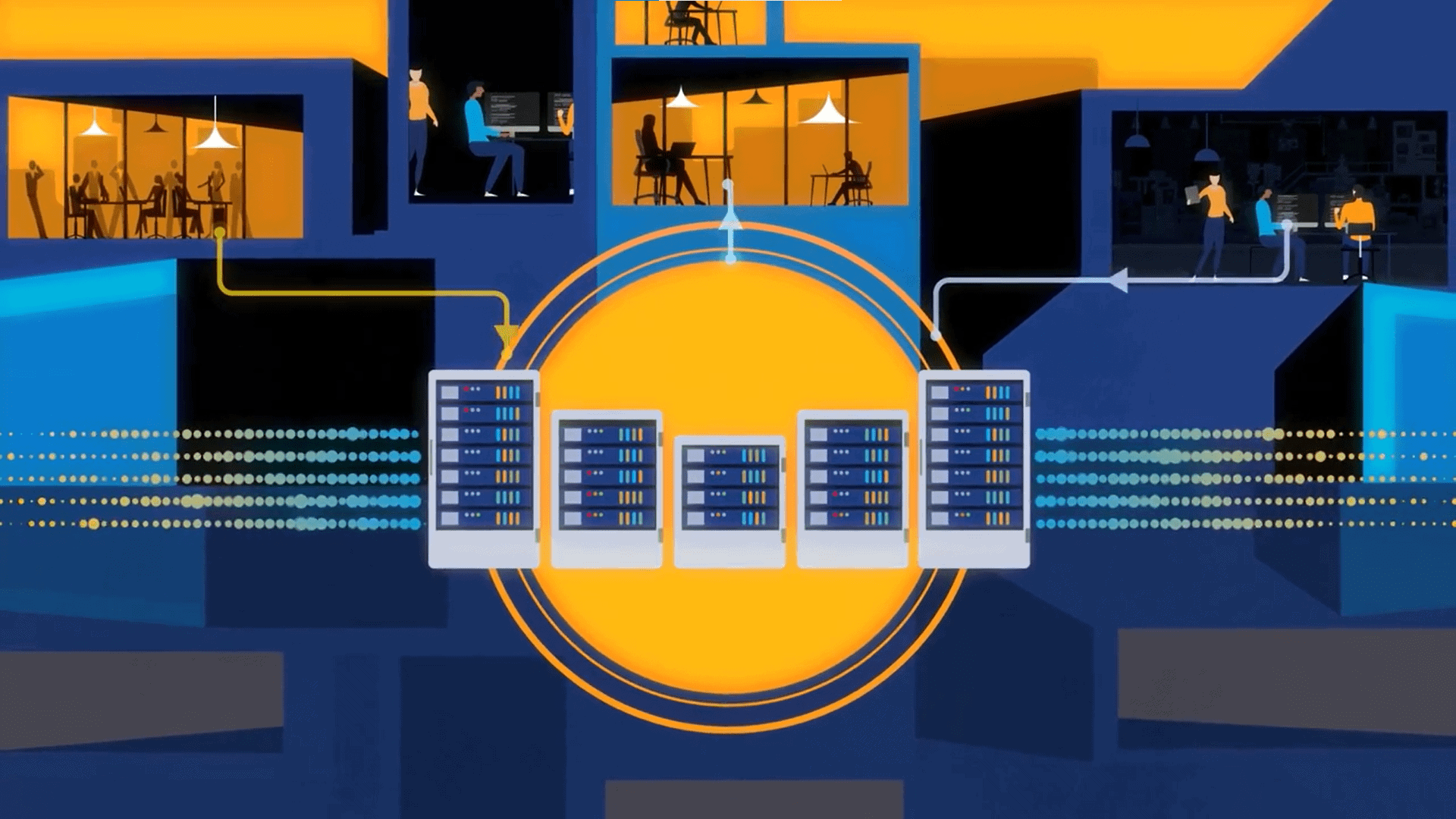
Many of the benefits and capabilities of Internet of Things (IoT) devices owe their success to Skype and its mainstream introduction of P2P.
Like many, I was equal parts surprised and saddened to see the end of Skype. Microsoft shuttered the pioneering internet call provider in May after it had essentially founded and dominated the market for two decades. Skype’s gone but certainly not forgotten. The Swedish company, whose name means “sky peer-to-peer,” was a connectivity proof-of-concept at scale. It both introduced millions of consumers to the power of the internet and delivered on its promise in the early 2000s. Video and voice were no longer stymied by distance but finally cheap and instant. We were living in the future.
Looking back, the platform left an indelible mark on technology, and arguably its biggest influence is found in its name. The technology stack was built on peer-to-peer (P2P) connectivity, which bypassed centralized servers and directly connected users to each other. Not only did this distribute the load and improve call quality, but it vastly improved the privacy and security of connections. Today, this technological foundation lives on in many other internet services (not to mention direct competitors to Skype) and in the ethos of the modern internet.
This is certainly something I’ve witnessed firsthand in the Internet of Things (IoT), where P2P methods enable direct device connections, enhanced privacy, and ultra-low latency from security cameras to smart home systems. Let’s dive into the past, present, and future of internet connectivity thanks to Skype and its mainstream introduction of P2P.
See also: The Changing Role of IoT in the Age of Real Time
The pioneering of P2P
So, how did the Swedes do it? Well, Skype’s P2P solution was a tale in two parts. Technically, it was an elegant workaround to the fundamental challenges plaguing voice over Internet Protocol (VoIP). Traditional internet telephone systems relied on centralized servers to route calls, creating bottlenecks that often resulted in poor call quality, dropped connections, and expensive infrastructure. Skype’s breakthrough was enabling direct connections between users and their devices.
This direct-connection approach solved multiple issues. By eliminating the middleman servers, P2P reduced latency from hundreds of milliseconds to tens of milliseconds. It might not sound like much, but milliseconds matter in conversations – it’s the difference between awkward, delayed conversations and natural, back-and-forth communication. The distributed architecture also meant no single point of failure. If one part of the network went down, calls could still flow through other paths.
But the real genius – and the second half of its solution’s importance – was scalability. While VoIP providers usually needed heavy investment in server infrastructure for every new user, Skype’s P2P network became stronger and faster as more people joined. Each new user contributed bandwidth and processing power to the network, creating a virtuous cycle where growth improved performance rather than degrading it.
Skype showed the world that P2P was a clean way to deliver superior call quality, global scalability, and sustainable economics in one fell swoop. But this wasn’t just a boon for consumers making cheaper international calls. Developers and entrepreneurs across the tech spectrum were watching closely and recognizing that P2P’s principles – direct connections, distributed architecture, network effects – could transform their solutions too.
P2P, Meet IoT
We can easily trace the influence of P2P across tech in the intervening years. File-sharing networks like BitTorrent adopted a distributed architecture to handle massive data transfers. Blockchain technologies built entire financial systems on P2P principles. And, speaking specifically about how we connect, modern web standards like WebRTC enable direct browser-to-browser communication without the need for servers. Ironically, this method now powers the likes of Teams, Meet, and Discord, otherwise known as competitors of Skype.
This approach is proving particularly popular in connected devices – a sector that’s truly embraced P2P on a wide scale to power real-time applications. For example, smart security cameras can now stream video directly to smartphones without routing through the cloud, enabling real-time monitoring without the delays inherent in cloud-based systems. Home automation systems communicate safely and securely within local networks, ensuring functionality remains intact even during internet outages. Further, industrial IoT sensors establish direct connections with control systems, eliminating the latency and reliability issues that plague cloud architectures.
As a result, this embrace fundamentally changes how IoT solutions are created and brought to market. Device manufacturers no longer need to provision massive cloud infrastructure to support their products. Instead, they can build devices that connect directly to users, reducing operational costs while improving performance and privacy. These are essential evolutions as connected devices continue to grow across sectors and society.
Connected Devices and Users Need Trust
The growth of connected devices writ large following the pandemic is like nothing I’ve ever seen. Smart homes and offices are integrating devices at a consistent rate, and it’s not surprising that, by the decade’s end, IoT will count almost 40B devices across the globe. But, if we’re inviting devices into our most personal and professional spaces, and handling the sorts of data that entails, trust is a must.
In this sense, IoT backed by P2P offers a necessary safeguard. Direct connections eliminate the vulnerability of centralized servers that hackers often target, while also ensuring that devices continue to function even when internet connections fail. When your security system or medical devices operate independently of external servers, you’re not at the mercy of corporate data policies or service outages. Enterprise admins or home consumers can also find further peace of mind by combining P2P with edge computing and end-to-end encryption. This way, users can keep their data under lock and key.
Technology is always evolving, growing, and changing. With this in mind, it’s bittersweet to say goodbye to Skype, but its closure isn’t the end. The P2P principles it brought mainstream have moved beyond voice calls to become fundamental building blocks of modern connectivity.
As billions of IoT devices come online, they’re following the same playbook of skipping the middleman, connecting directly, and putting users in control. Our latency and security are all the better for it, and so is our internet in general. Skype may be gone, but P2P is here to stay.






























